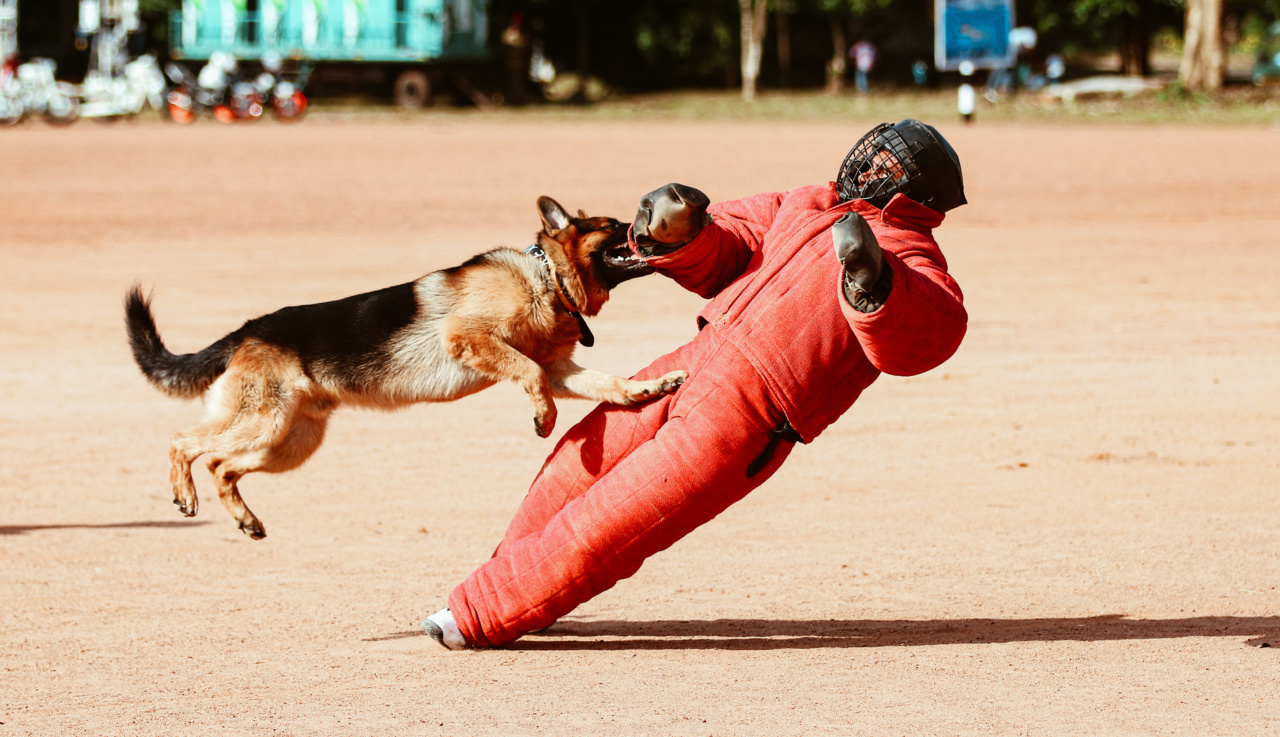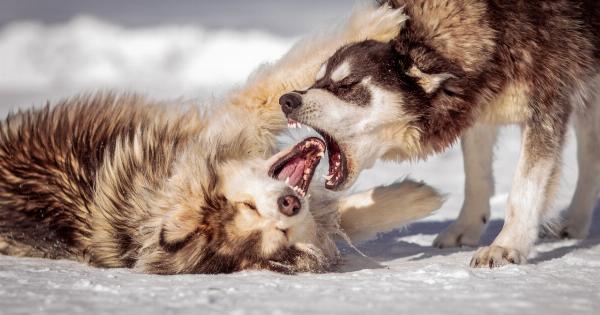While dogs are known for being loyal and friendly companions, it’s important to acknowledge the fact that they are still animals with their own instincts and behaviors.
Occasionally, dogs may exhibit aggressive behavior, leading to attacks on people. Understanding the reasons behind such attacks can help dog owners and individuals in general to prevent such incidents and maintain a safe environment for everyone. In this article, we will explore the top 15 reasons why dogs may attack people.
1. Fear
Fear is a primary driver of aggression in dogs. When confronted with something that scares them, some dogs may resort to aggression as a means of self-protection.
This could include situations such as encountering unfamiliar people or animals, loud noises, or traumatic experiences.
2. Feeling Threatened
Dogs are territorial by nature, and they may perceive certain actions or gestures as a threat.
Approaching a dog too quickly, staring directly into their eyes, or invading their personal space can trigger their protective instincts and lead to an attack.
3. Lack of Socialization
Dogs that have not been properly socialized from an early age may not feel comfortable around unfamiliar people or animals.
Without socialization, they may become fearful or anxious in situations that they are not accustomed to, which can potentially escalate into aggressive behavior.
4. Pain or Medical Condition
Dogs that are in pain due to an injury or underlying medical condition may act aggressively towards humans. Just like humans, dogs may react aggressively when they are suffering or when their physical well-being is compromised.
5. Resource Guarding
Some dogs can become possessive over their food, toys, or even their owners. Known as resource guarding, this behavior can lead to aggression when someone tries to take away the item the dog considers as its own.
6. Maternal Instincts
Female dogs that have recently given birth or are currently nursing may exhibit protective behavior towards their puppies. They may perceive anyone trying to approach their young ones as a threat, which can result in aggression.
7. Frustration or Lack of Outlet for Energy
Dogs that are not provided with enough physical exercise or mental stimulation can become frustrated, leading to pent-up energy. This excess energy can manifest in aggressive behavior, as the dog has no other way to release its frustration.
8. Predatory Behavior
Dogs are natural hunters and may display predatory behavior, especially towards smaller animals or even small children. This behavior can be triggered by fast movements or high-pitched sounds that resemble prey.
9. Lack of Training or Obedience
Dogs that have not received proper training or obedience instruction may have a higher risk of displaying aggression towards humans. Without clear guidelines and boundaries, dogs may not understand how to behave appropriately in different situations.
10. Previous Traumatic Experience
A dog that has previously experienced trauma or abuse may be more prone to aggression. The memories of the past event can trigger fear and anxiety, causing the dog to react aggressively as a defense mechanism.
11. Not Feeling Well
Similar to when a dog experiences pain, feeling unwell due to illness or discomfort can cause dogs to act out aggressively. Just like humans, dogs may become irritable and less tolerant when they are not feeling their best.
12. Protective Instincts
Many dogs have a strong instinct to protect their family members or their property. They perceive any potential threat as a danger and may respond with aggression to safeguard their loved ones or their territory.
13. Lack of Boundaries or Reinforcement
Dogs that are not provided with consistent boundaries and reinforcement may develop dominant behavior. This can result in aggression, as the dog sees itself as the leader of the pack and feels the need to assert its authority over humans.
14. Environmental Factors
Environmental factors such as overcrowding, lack of socialization, or constant exposure to stressful situations can contribute to a dog’s aggressive tendencies.
Stressors in the environment can eventually push a dog to the point of attacking a person.
15. Breed Tendencies
While it is essential to note that not all dogs of a certain breed will exhibit aggressive behavior, certain breeds have innate tendencies towards aggression. This can be due to their genetic makeup or the purpose for which they were originally bred.
It is important to remember that each dog is an individual, and there can be multiple factors at play when it comes to dog attacks. The reasons mentioned above are general explanations, but they do not cover every possible scenario.
Responsible dog ownership, early socialization, proper training, and regular veterinary care can greatly reduce the likelihood of a dog attacking a person.

























